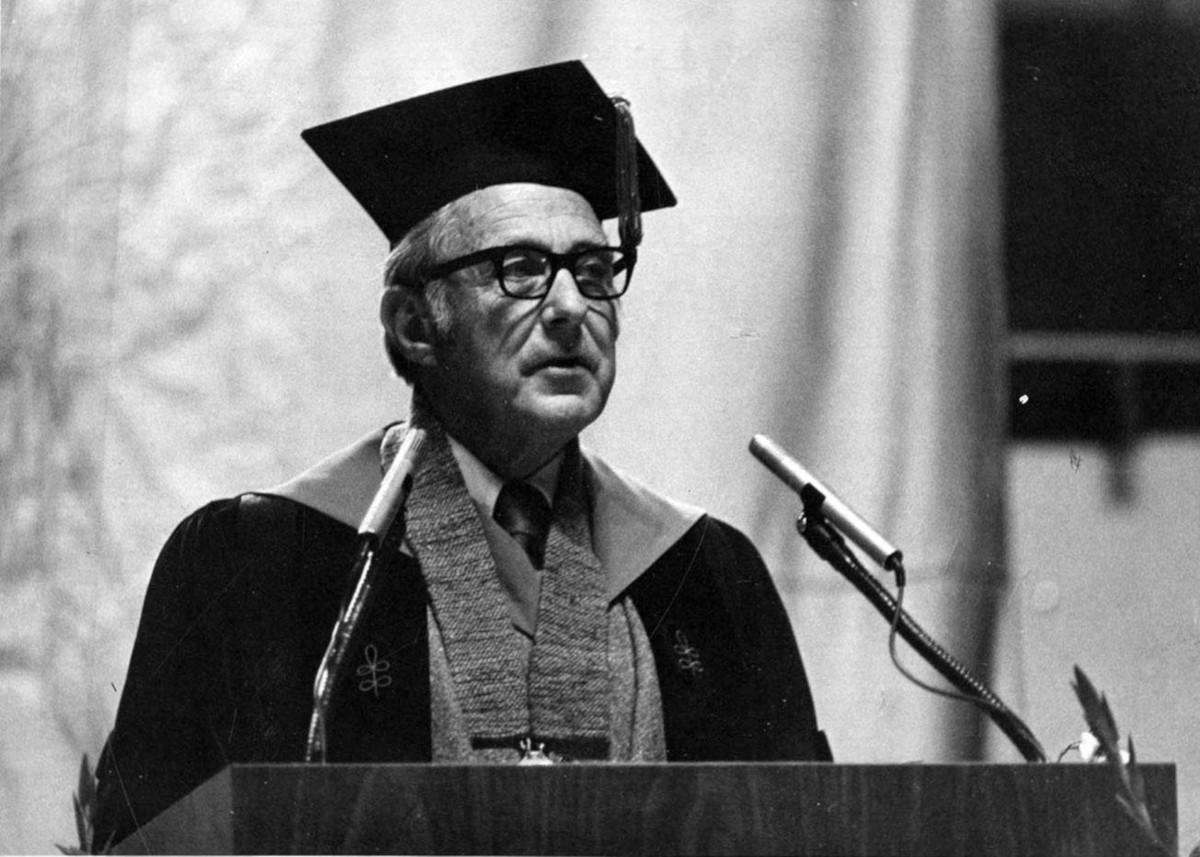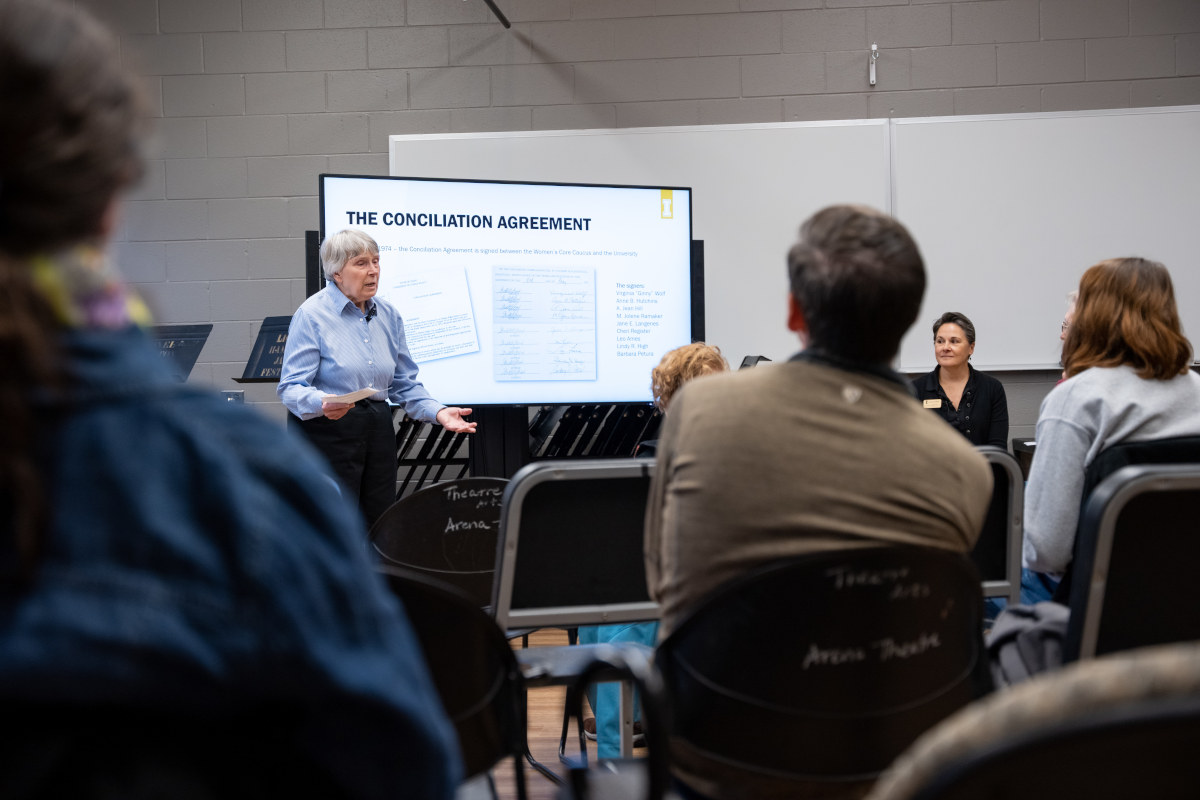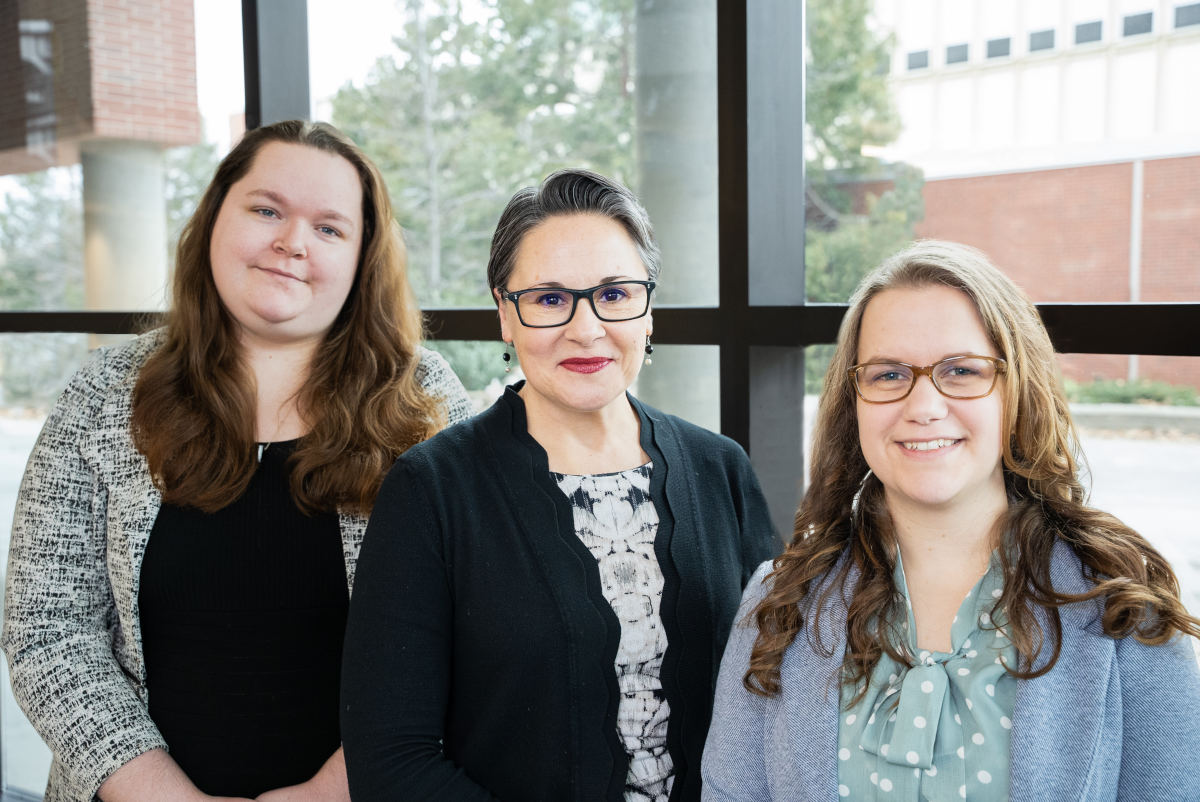Center of Attention
U of I President Hartung, Women’s Caucus Took Unorthodox Path Toward Gender Equality
Former University of Idaho President Ernest Hartung (1965-1977) agreed with all the recommendations from his committee for changes on campus regarding affirmative action issues, and specifically for support of women’s programs.
He thought it would be a great chance to get in front of a growing national problem and make what some might consider to be drastic changes to address gender equality concerns locally.
To accomplish the goal in a meaningful way, however, he found himself asking the committee members for a somewhat strange request — he asked them to file a complaint against U of I with the Idaho Human Rights Commission (IHRC) so it would be difficult to undo what they were about to do.
The result of this process was the Conciliation Agreement – a signed agreement filed with the IHRC in 1974 that outlined and funded several programs aimed at addressing these concerns, including the U of I Women’s Center.
By getting in front of issues such as equal starting salaries for men and women, back pay for employees who might have been due salary adjustments, additional recruiting strategies for women and other underrepresented populations and support of women’s programs, the agreement addressed some of the inequalities at the time and ensured equality for the future.
“The Women’s Center has been a critical part of gender equality initiatives at U of I for 50 years,” said Lysa Salsbury, current Women’s Center director. “The signing of the Conciliation Agreement highlights our unique history and reveals how President Hartung was instrumental in our founding.”
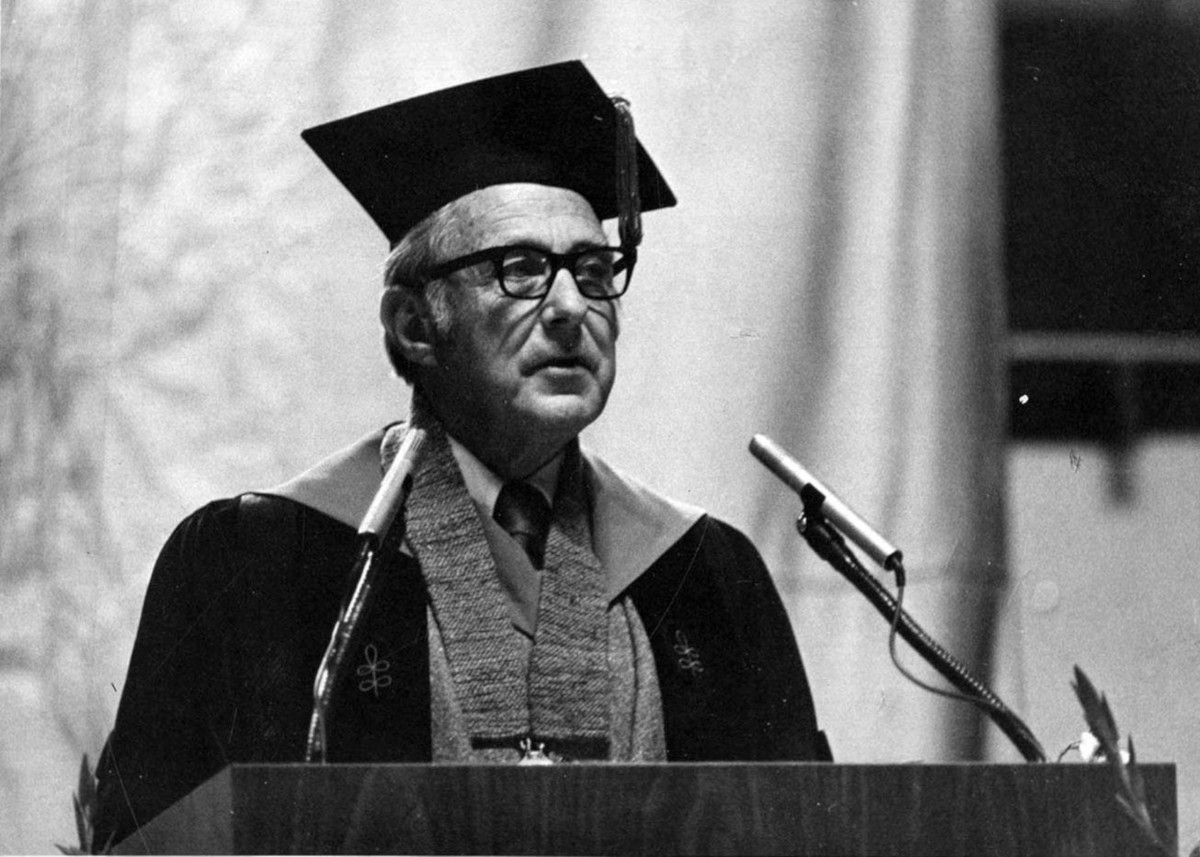
Women’s Movement
The committee Hartung originally created was meant to focus on the high attrition rates of women-identifying students in the early 1970s. But given the national focus on women’s rights at that time, the committee’s work eventually took on a broader scope.
Starting with the creation of the National Organization of Women (NOW) in 1966, the national women’s movement was gaining traction by 1970. Ms. Magazine, one of the first nationally published magazines about feminism, debuted in December 1971.
In March 1972, the Equal Rights Amendment was passed by the U.S. House of Representatives and Senate. That same month, Time Magazine produced a special issue entitled “The American Woman.” Women’s rights were at the forefront of the national conscience.
Kay Keskinen was a graduate student at U of I in the early 1970s and a volunteer at the Women’s Center. She recalled how prevalent the topic of women’s rights was becoming.
“I remember driving down to Lewiston in the summer of 1972 just to buy a copy of Ms. Magazine,” she said. “That was a big deal.”
Committee Work
In the early 1970s, attrition rates for women students on campus were between 25-30% — much higher than that of male students. Hartung wanted the committee to determine reasons for the disparity.
While studying the problem, committee members discovered that some of the reasons women students were leaving dovetailed with rising complaints from women who worked on campus — they were experiencing inequality in a variety of ways and wanted outlets to address those issues.
One glaring disparity between men and women faculty members was salary. Anne Hutchins-Tatum was a member of the committee looking into these issues. An editor of the alumni magazine in 1973, she also would become one of the nine signers of the agreement.
Hutchins-Tatum and her fellow committee members were given access to salary records and saw the differences in pay between men and women for similar roles.
“When we reviewed the information, it was clear that women were being paid less for similar faculty positions than their male counterparts with equal experience and education,” she said.
Hutchins-Tatum and the rest of the committee soon published their findings, which would shape much of the language in the IHRC complaint. The complaint requested not only better recruitment efforts for women students but also equal salaries for male and female staff, back pay for those affected by unequal salaries, preparation of an affirmative action plan and support for women’s programs, including a funded Women’s Center with a full-time director.
As part of the Women’s Center 50th anniversary celebration, a panel of the Conciliation Agreement signers, including Hutchins-Tatum, Langenes, Petura and Lindy High, is scheduled to talk about the significance of the agreement at 5:30 Wednesday, April 19, 2023, online. Register here.
All About the Approach
There is little question that Hartung supported women’s rights according to Jane Langenes, the first Women’s Center director and one of the agreement signers. When the Women’s Center first opened in late 1972, it was in the Administration Building across the hall from Hartung’s office.
When Hartung and the committee members began discussing the committee’s recommendations, there was no question he supported their ideas. The question was how to best accomplish the goal.
Idaho was, and is, a politically conservative state. Although gender equality issues were a hot topic nationally in the early 1970s, Hartung did not think making these changes in Moscow would be an easy sell. According to committee members, Hartung felt that instead of making them unilaterally, it would be better to have the committee file a complaint against U of I, then work on an agreement addressing those issues they could file with the IHRC.
That way, U of I could show how the changes they were proposing complied with Idaho law and thus would have less of a chance to be challenged by those who may not have agreed with the idea. Going through the IHRC also meant avoiding a lawsuit and resulting court case, the publicity of which likely would have made the problem worse.
Barbara Petura was the manager at what was then the U of I News Bureau in 1973 and was also one of the agreement signers. A member of the faculty salary equity and back pay committee, she said that when discussing the committee’s findings with Hartung, they always felt he would treat them fairly though their requests went beyond the original task.
“He asked us to trust him during the process and assured us we could make these requests without risking our careers,” she said. “We knew he was on our side. He said we had to do it this way for it to work.”
The agreement was signed on May 8, 1974, by Tatum, Langenes, Petura and six others.
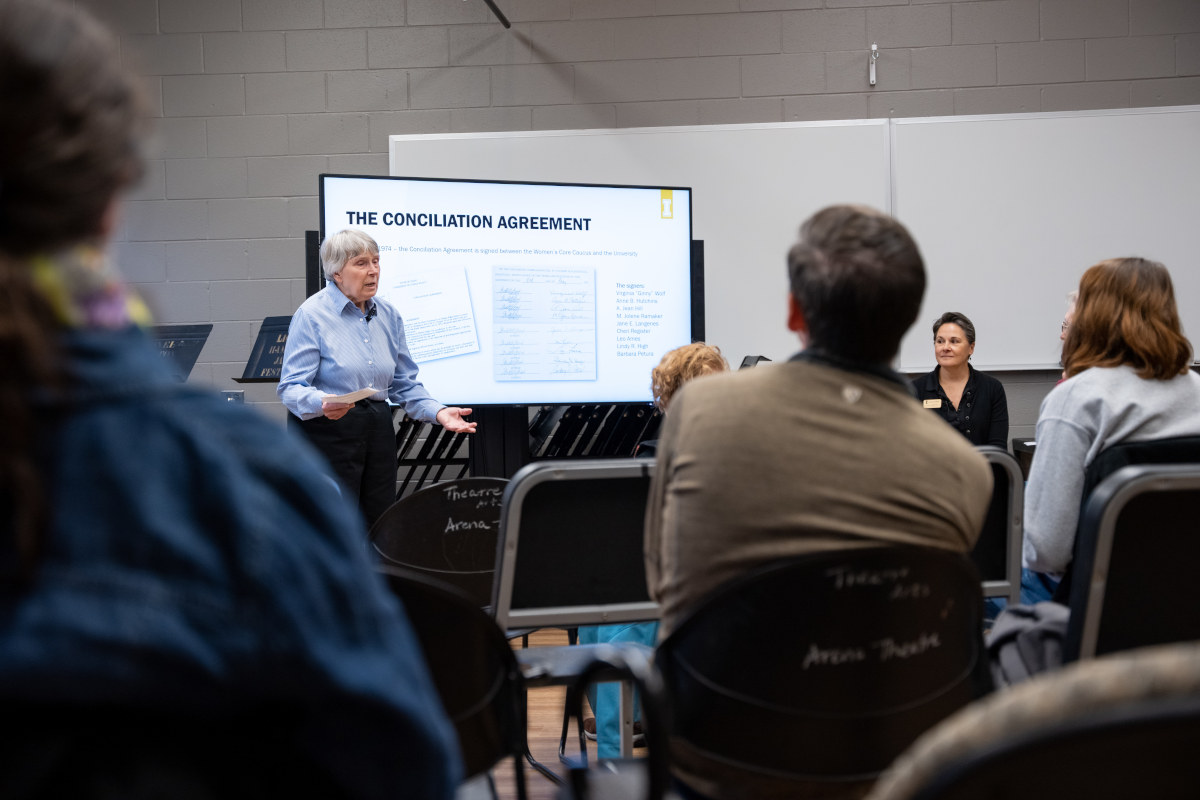
Lasting Impacts
Kate Nelson ’03, ’04, Director of Community Partnerships for the City of Boise, experienced many life-changing moments during her time in Moscow. Some of the biggest changes, she said, came from her experiences with the Women’s Center.
Assuming the center only addressed women’s health issues, she didn’t pay much attention to it until she started talking with one of the center’s student volunteers. Once she realized all the different types of information available at the center, she couldn’t stay away.
He asked us to trust him during the process and assured us we could make these requests without risking our careers. We knew he was on our side. He said we had to do it this way for it to work. Barbara Petura, former U of I employee and agreement signer
“They really helped me frame up questions about insecurity for me — things like gender norms and how they connect to emotional wellbeing and personal success,” she said. “That was a real aha moment for me, because I’d never had anyone explain it before.”
Nelson eventually became a volunteer at both the Women’s Center and the Counseling and Testing Center. She also became interested in the topic of affordable child care in Idaho, which she now gets to address through policy created by Boise Mayor Lauren McLean.
While acknowledging the importance of the Women’s Center over the past 50 years, Nelson realizes there are still some barriers left to break, noting that McLean is the first women to be elected mayor of Boise.
“I think it’s very telling that we still have several “firsts” out there as far as women in professional positions,” she said. “I think it’s important for women to celebrate successes but to also realize it’s still a journey.”
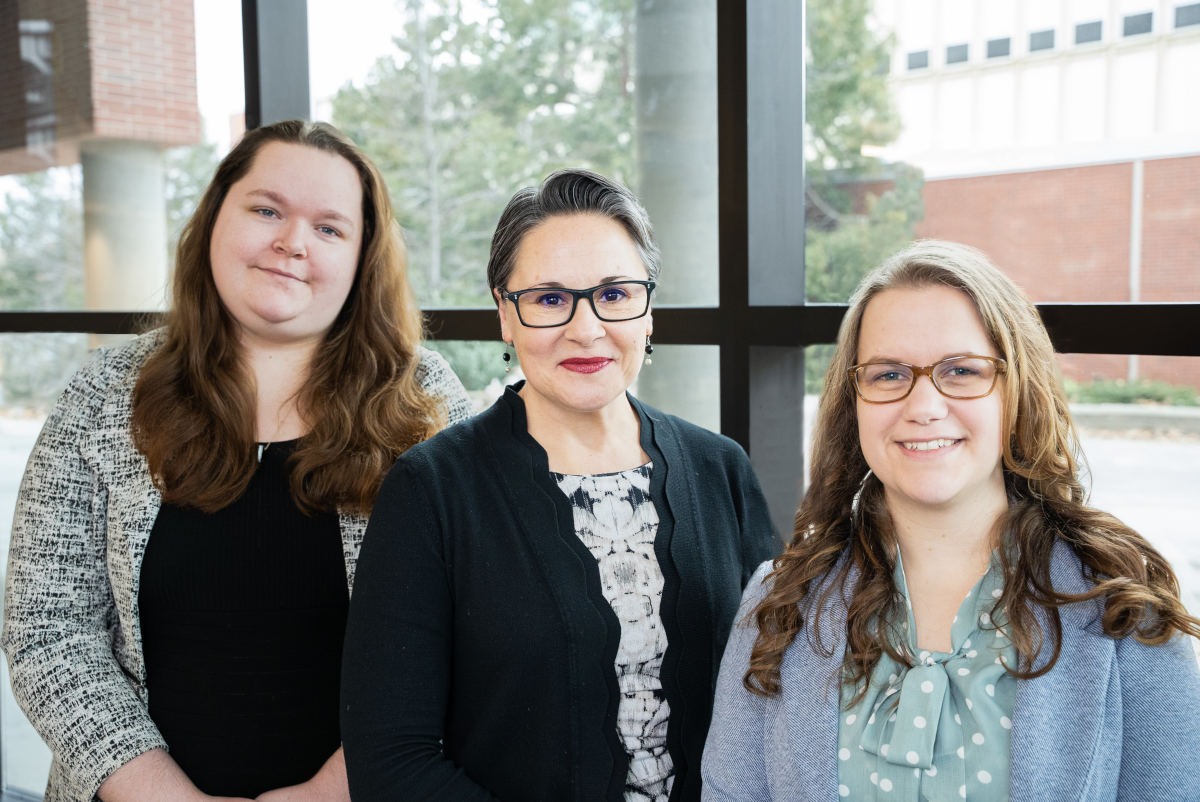
Article by David Jackson, University Communications and Marketing.
Photos provided by University of Idaho Visual Productions and University of Idaho Women’s Center Records, Digital Initiatives, University of Idaho Library.
Published in March 2023.







